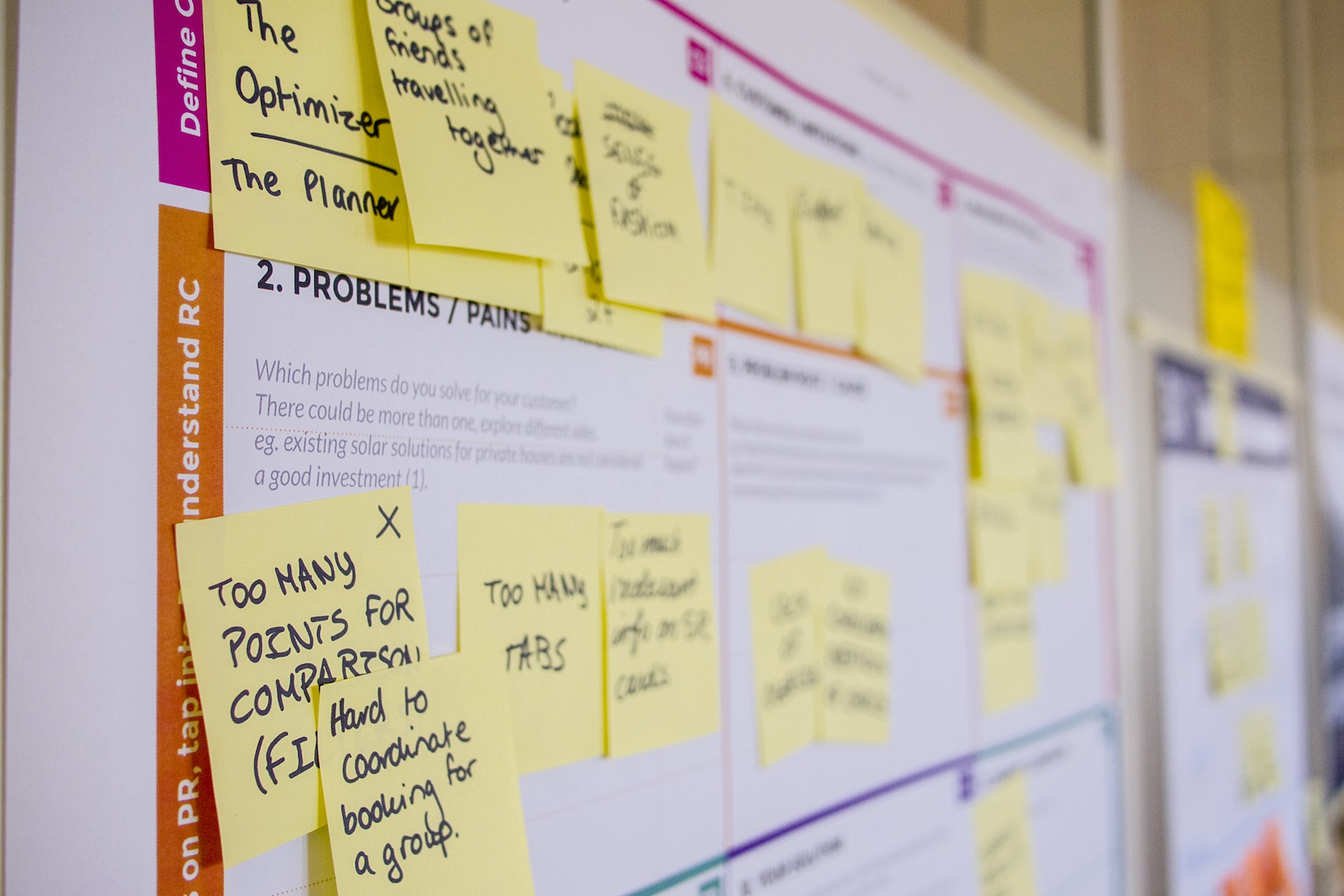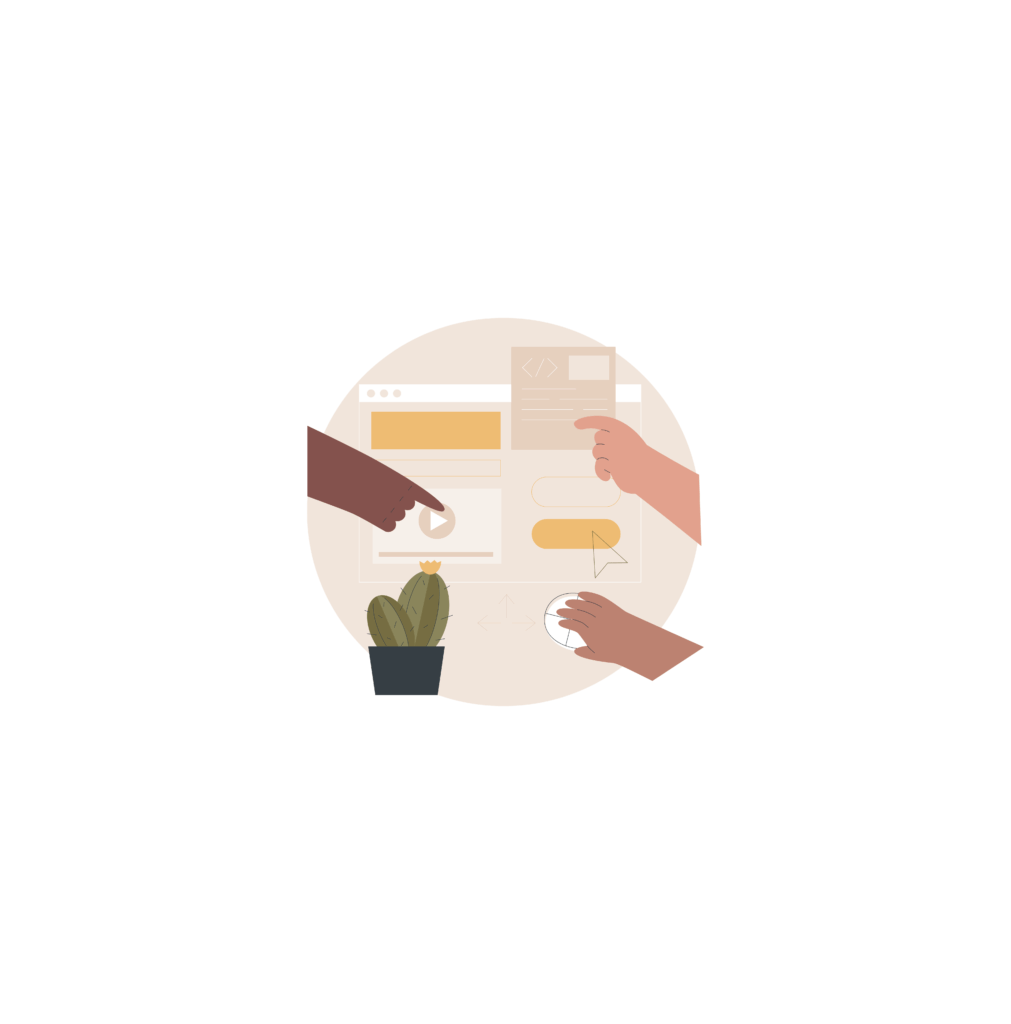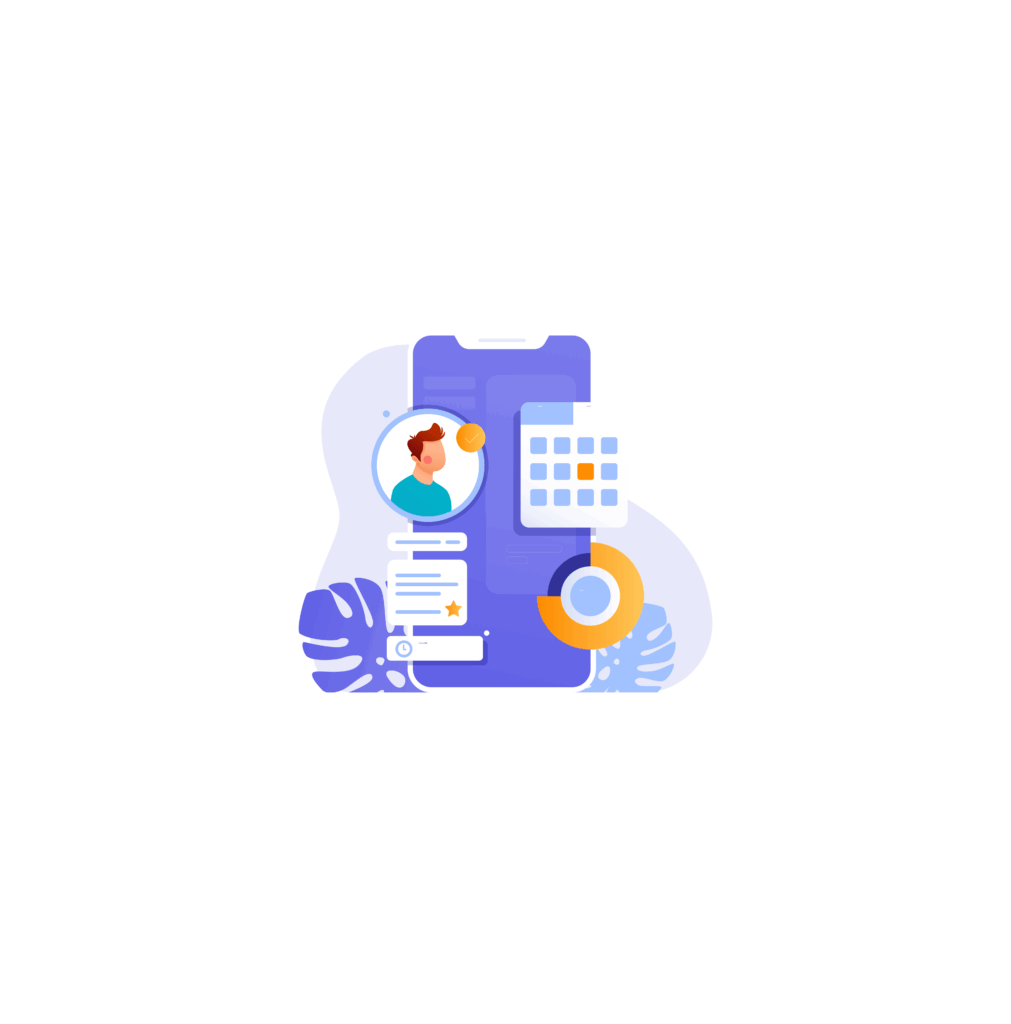App design is an important part of business, and the wrong design could affect the bottom line in ways you don’t expect. Websites and applications are constantly being used, and making them as intuitive and engaging as possible is part of the process. For example, you could have a social media that is faster than any other platform. However, if it’s just a textbox with attached images, nobody will use it because they won’t be as engaged. The end-user is always the most important part, and keeping their interest is key to a successful business.
Today, we will be discussing the importance of design thinking. Moreover, its practical applications in coding your cybersecurity and preventing data loss.
Clarity
User-focused design means they can use all features of a site without any risk of error or misunderstanding. If there are things they would prefer not to share or need more information about before agreeing, it’s the app’s job to communicate that clearly. Make sure to inform the user of your cybersecurity’s trustworthiness. Show them concrete facts on important sections of your app or website.
Clarity is important because it’s what ensures your users know what they’re doing. One mistake could mean all of their data becomes compromised. If your product is not clear in communicating its functions, this could lead to a loss of trust with the end user. A good design should have clarity in mind when coding and programming your application or website.
Check out an article on Healthcare Cybersecurity: Protecting Patient Data.
Engagement
Keeping the end-user engaged is a huge part of design thinking. It’s important to make your applications and sites not only pleasing to use but also intuitive. Things like quick load times, responsiveness, and easy navigation are all part of design thinking. It may seem like engagement has nothing to do with preventing data loss, but these are important for analytics.
Keeping users engaged means they use your product more, which means you have more logs. More logs mean more data to analyze where users are making the most mistakes, and which sections of the site they use most. Those are the places where security should be consistently checked. Furthermore, for the readings to be accurate, you need a big sample size for an effective review process.
Here’s an article on How to Choose the Right Developers for Your Business, check it out!
Staying Current
Design thinking isn’t just limited to the visual aspect of your apps or websites. To maintain a sense of security and communicate to your users that you are a top-of-the-line business, always ensure that you’re using the latest technology. This isn’t just for looking trendy either. Design thinking should always take into account the backend you use and how it affects the front end.
For example, using safe tools such as CSS Clippy or DLP for Slack integration for your website or app’s visual elements is much better than using CSS tools that haven’t established themselves yet. Tools that have been used for a long period of time are much safer to implement in your website’s design because they have been tested by thousands of users and developers.
Remember, design thinking also keeps into account the user experience.
Efficient Design
One of the purposes of design thinking is to keep features limited only to what is necessary. Many users often find themselves lost in over-designed apps, or looking for simple QoL adjustments that simply don’t exist due to a lack of design thinking. In addition to that, having an overcomplex design means a lot more vulnerabilities for hackers and malicious parties to exploit. Imagine how difficult it is to patch and maintain a single key feature, and multiply that a dozen fold. That is what an overdesigned product with too many features will net you.
Instead, focus your design only on what people actually use your applications for. If it’s just fluff, then there is no purpose for it being there. If anything, it makes the product less secure.
Conclusion
Design thinking and security planning are intertwined, and it would be a mistake to think otherwise. Whenever you are discussing one or the other, make sure that the appropriate teams are aware of every decision you make. One of the problems with designing applications is oftentimes a lack of communication. When your security team exists only to put out fires for your inefficient designs, it slows down progress in the workplace to a halt. What should be a team project is instead a mish-mash of different design decisions that leave both teams fresh out of motivation.
Design thinking from the start means these security problems are seen from the get-go. Design thinking not only engages the user but offers a dynamic way for developers to see the app from the end user’s perspective. Half-baked design solutions are often the result of a lack of perspective. Design thinking provides the perspective you need to keep your applications engaging and secure. If you need help in designing, be sure to check out our company’s portfolio. Our experts are more than willing to listen to your problems and help you out.



